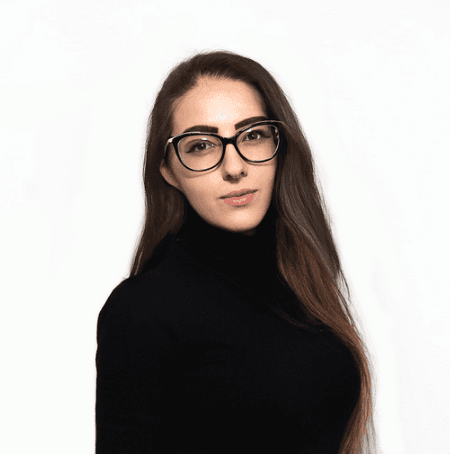We picked his brain about his journey and what keeps his mojo running. Here’s what he had to say:
Four years ago, did you imagine you’d be the creative director of an international software design and engineering company?
It was kind of interesting, because I didn’t plan on that at first, but the circumstances and the possibilities that opened up along the way kind of led me into going into this role faster than other people at other agencies. When I started at STRV, I wasn’t sure how to design apps at all. I had only done websites at the time. I wanted to learn how to design apps as well, so I could do both and eventually be more flexible with projects. Then we just started to grow really fast as a company, and the team got bigger, and I saw that maybe I could have a lot of input into the direction of the team, helping to set up where the agency should be heading.
When did you realize that personal branding is a powerful marketing tool?
I noticed that the audience I had on my social media platforms was growing quickly, getting bigger every week. I was not really sure why that was happening — was it being driven by my work or were people just curious about what I do? I looked into the types of people who follow me and what their main interests were, and it was mostly my design process and work. I tried to position myself as a person who is doing great work as well as someone who is trying to inspire others by pushing new ideas, concepts, new designs. I basically want to lead by example of what I believe makes a good designer — great work and being transparent about how I do it.
What drove you to write The Perfect Grid?
The most frequent questions I get asked on Instagram are: How do you do it? How do you edit your photos? What camera do you use? How do you come up with these descriptions? How do you come up with topics and so on. I wanted to provide people with guidance, so that they can get to the same stage and build a similar profile like mine. I started to write an article about it, but it just got so long, there was so much to talk about that I thought it would be cool to write a book about it instead, so I can cover the whole thing. I described the process of building my profile, and that was kind of the main selling point, because it was not like every other Instagram e-book. It was about someone going through the experience and describing it their own words.
How do you develop a new project concept for STRV clients?
I think I'm good at imagining what a possible solution might look like, if given the right information and data about the problem, and that’s like 20 percent of my time. I’ve had meetings or calls with clients where, like 10 minutes in, I already knew what I wanted to do, so then it was just about research, execution and connecting the pieces, whether it was a prototype or a design. That’s actually what I enjoy the most, the part that makes me excited, because I can imagine what I want to build. I can try out new tools for it and new colors, so this is where it starts usually. When I am going through this process, I enjoy every step along the way. I know that when I get stuck and need to solve a specific problem, I’ll just give myself time, and I will enjoy thinking about it, looking for data to back my decisions and doing different versions of it and eventually reach the end goal.
What do you do when you have a client who doesn’t agree with your product image?
I use two methods. The first is to show them the consequences of what would happen if we chose the wrong solution and what that would mean for their product or business and how people will use it and react. And then the other one is to try and show them why my solution is better, using real examples and my knowledge. Whenever I do any concepts and proposals, I spend a lot of time looking at what the client actually needs versus what I am proposing, because if I propose a beautiful design that will not solve what they need to solve, it’s going to always end up wrong.
What is it about design that feeds you?
Curiosity. I am curious about what something will look like when I design it and how it is going to work. I feel like I am shaping how people interact with technology if we are to look at it from a bigger picture standpoint.






